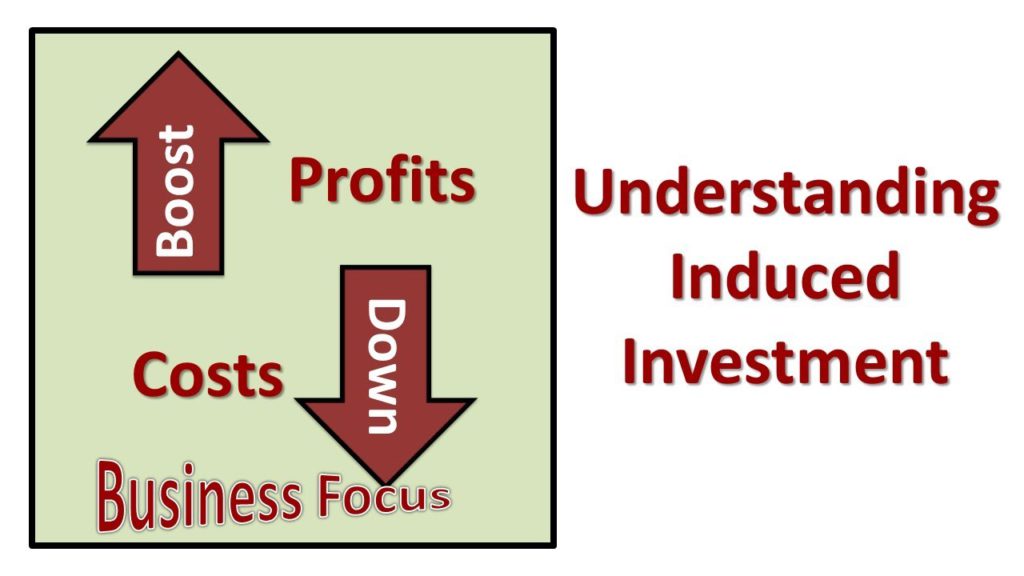While economic factors such as income level, output, sales, and profit do not affect autonomous investment, these factors greatly influence induced investment. This is the major difference between these two types of investments. Here is everything you should know about induced investment and how it works.

What is Induced investment?
Basically, induced investments are capital investments that are sensitive to any shift in the economy. Usually, the government or organisations make these kinds of investments with the sole purpose of generating profit. Hence, there is a relationship between the profit generated and the amount of investment. If the profit and income increase, the induced investment will also increase and vice-versa.
Economic factors have a direct effect on induced investments. These factors include a shift in the price of raw materials, a change in the preferences of consumers, a rise in the level of income, etc. When changes like these affect induced investments, companies comply with these changes by putting effort to maintain the viability of the investment.
Read Also: Invest and Earn Daily in Nigeria
How does it work?
Generally, the private sector executes induced investments since any investment they make is majorly for profit. On the other hand, the government sector executes autonomous investments since most investments they make are for the good of the country and not for profit. Since Induced investments are mainly for profit, they shift due to economic factors. Hence, any factor that affects the economy will likely have an impact on this kind of investment.
Difference between induced investment and autonomous investment
Induced investment is any investment that is regulated by income and the amount of profit. This implies that a greater profit can lead to higher investment. Autonomous investment, on the other hand, is any investment that does not depend on the level of income or profit. It acts solely as a social investment for the welfare of individuals and the country at large.
Autonomous investments involve the introduction of new methods of production and resources for the interest of the economy. Induced investments are usually very volatile, however, the government decrease their volatility through autonomous investments and this gives economic stability.
Since profit or income level does not determine autonomous investment, the government can increase or decrease autonomous investment at any time, regardless of the changes in profit or income. Hence, when there is economic depression, the government tries to boost the amount of autonomous investment for the good of the economy.
What is the goal of induced investment?
As stated earlier, the major goal of this kind of investment is profit. Hence, businesses that partake in them intend to make a profit in the future. Autonomous investments are usually not for profit making.
What are examples of induced investment?
Induced investments typically involve investing in a fast-growing business to increase productivity. Expenditures like these consist of the construction of a new site, buying new equipment or vehicles, plant investments, etc. Basically, they boost the productivity of a business.
Final Thoughts
Induced investments are simply investments that are sensitive to a shift in economic factors. The two major factors affecting this kind of investment are the level of income and profit. Also, this investment is mostly done by the private sector and not the government, unlike autonomous investment.
Do you need a loan? Be sure to visit this loan platform that allows you to compare loans from different lenders in minutes. It offers the best and ensures that you get nothing less